Discover 35 hidden attractions, cool sights, and unusual things to do in Ponce (Puerto Rico). Don't miss out on these must-see attractions: Museo de Arte de Ponce, Centro Ceremonial Indígena de Tibes, and Museo Castillo Serrallés. Also, be sure to include Parque de Bombas in your itinerary.
Below, you can find the list of the most amazing places you should visit in Ponce (Ponce).
Table of Contents
Museo de Arte de Ponce
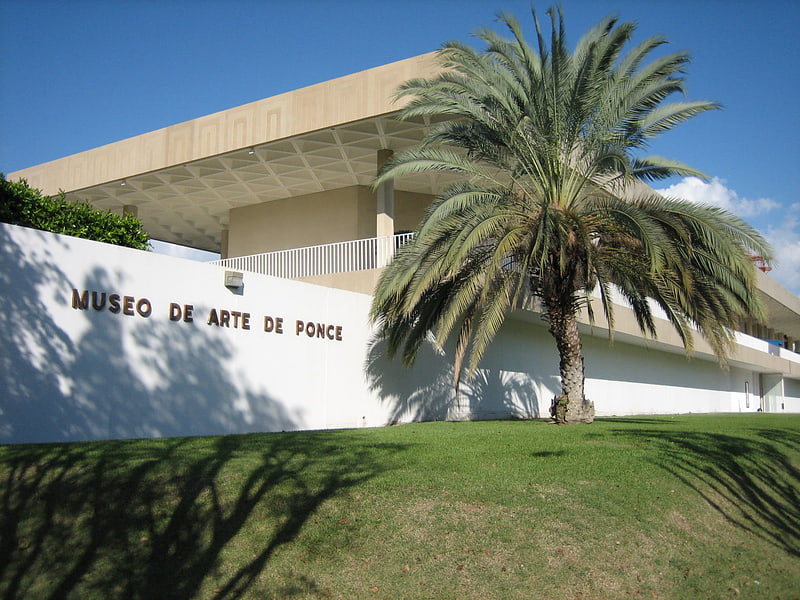
Major museum of art. Museo de Arte de Ponce is an art museum located on Avenida Las Américas in Ponce, Puerto Rico. It houses a collection of European art, as well as works by Puerto Rican artists. The museum contains one of the most important Pre-Raphaelite collections in the Western Hemisphere, holding some 4,500 pieces of art distributed among fourteen galleries.
Museo de Arte de Ponce is the finest art museum in Puerto Rico. The largest art museum in the Caribbean, it has also been called one of the best in the Americas. It was the first museum in Puerto Rico accredited by the American Alliance of Museums.
It was founded in 1959 by industrialist and philanthropist Luis A. Ferré at a location in the Ponce Historic Zone. The museum moved to its current building location on Avenida Las Américas in 1965. In 2010, the museum increased its size significantly after a $30M expansion.[1]
Address: 2325 Ave. Las Americas, 00717 Ponce
Centro Ceremonial Indígena de Tibes
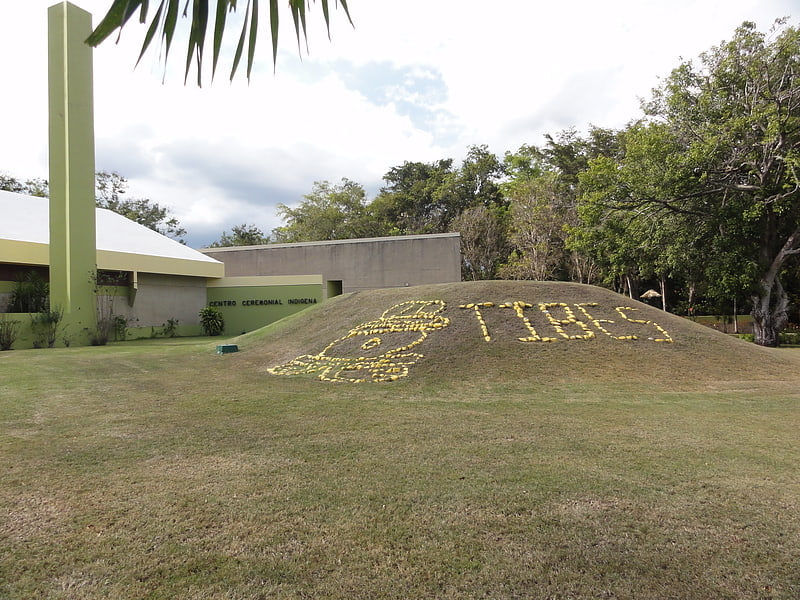
Pre-Columbian archaeological site. The Tibes Indigenous Ceremonial Center in Barrio Tibes, Ponce municipality, Puerto Rico, houses one of the most important archaeological discoveries made in the Antilles. The discovery provides an insight as to how the indigenous tribes of the Igneri and Taínos lived and played during and before the arrival of Christopher Columbus to the New World. Tibes is the oldest Antillean Indian ceremonial and sports complex yet uncovered in Puerto Rico. Within its boundaries is also the largest indigenous cemetery discovered to date – consisting of 186 human skeletons, most from the Igneri and the rest from the pre-Taíno cultures. Based on the orientation of the ceremonial plazas, this is also believed to be the oldest astronomical observatory in the Antilles. The museum was established in 1982 and restored in 1991.[2]
Address: Carr. PR-503, Km. 2.2, 00730 Ponce
Museo Castillo Serrallés
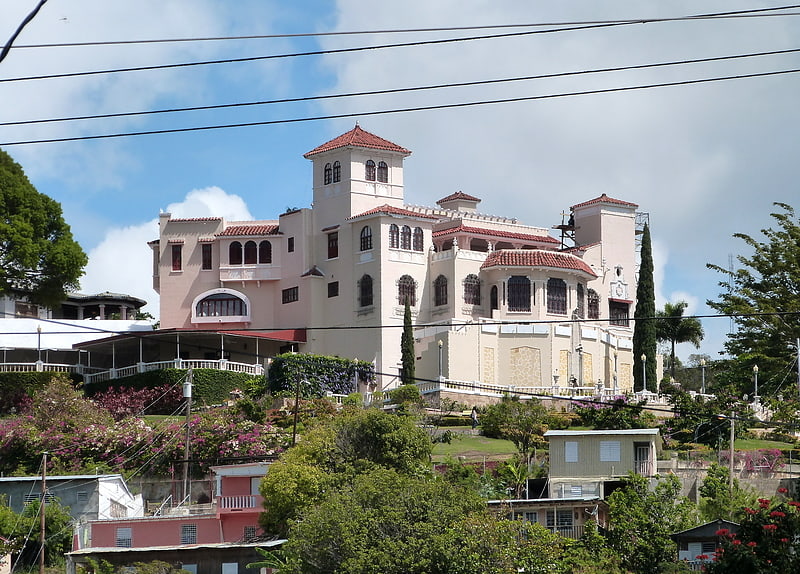
Museo Castillo Serrallés, a.k.a. Museo de la Caña y el Ron, is an agricultural museum in the city of Ponce, Puerto Rico, that showcases the history of sugar cane, its derivative rum industry, and their impact in the economy of Puerto Rico. The most notorious feature of the museum is the building it occupies. The building is a large four-story structure built in the 1930s for the owner of Ponce's Destileria Serralles, one of Puerto Rico's largest rum distilleries. The distillery was once also home to Puerto Rico's largest sugar-factory called Central Mercedita, producers of the Snow White sugar brand. The building, known as Castillo Serrallés, was designed by Pedro Adolfo de Castro in 1930 in the Spanish Colonial Revival style.
The museum sits on a 2.5-acre lot and opened on 20 February 1991. Visitors can tour the refurbished home, which has been furnished to appear as it did in the 1930s. There is also a temporary exhibit area for local artists. The Serrallés Castle is now part of a large complex that includes the Cruceta El Vigía, a Japanese Garden, and a butterfly garden (Mariposario). By September 2010, the museum was receiving around 100,000 visitors per year.[3]
Parque de Bombas

Landmark 1882 firehouse and museum. The Parque de Bombas is a historic former fire station in Ponce, Puerto Rico. It is one of Puerto Rico's most notable buildings, with some considering it "by far the most easily recognized landmark in the Island." It is located at the Plaza Las Delicias town square, directly behind Ponce Cathedral. Originally built in 1882 as a pavilion for an exhibition, it became Puerto Rico's first ever fire station. In 1990, the fire station closed and was converted into a museum. It was listed in the National Register of Historic Places on 12 July 1984.[4]
Address: Plaza de Las Delicias, Ponce
Villa Pesquera

Seafood restaurant in Ponce, Puerto Rico. Villa Pesquera is a sea-front fishing village in barrio Playa, in the municipality of Ponce, Puerto Rico. The site is one of the tourist attractions in the municipality of Ponce.[5]
Address: 80 Av. Padre Noel, 00716 Ponce
Antiguo Casino de Ponce

Building in Ponce, Puerto Rico. The Antiguo Casino de Ponce, or simply the Casino de Ponce, is a historic structure, built in 1922 and located in Barrio Cuarto, Ponce, Puerto Rico. Originally built as a social club for Ponce's elite, it is currently used as the premier reception center of "The Noble City of Puerto Rico". The building, designed by Agustin Camilo Gonzalez in the Second Empire and Neo-Rococo styles, has a French facade and tones. It was listed in the National Register of Historic Places on 28 October 1987. It is located at the corner of Marina and Luna streets. The building has been called "an icon of Ponce's architecture, history, and identity." It is owned and administered by the Ponce Municipal Government. In 1936, during the Great Depression, the Casino declared bankruptcy and shut down. It subsequently had various uses: a postal office, a public health unit, tax collector's office, and even a temporary city hall. In 1990 it was restored by the Ponce Municipal Government, and has since been used for high-ranking official municipal business. For example, it was here where the dinner to honor Prince of Asturias, His Majesty Felipe de Borbon, took place.[6]
Cerro de Punta
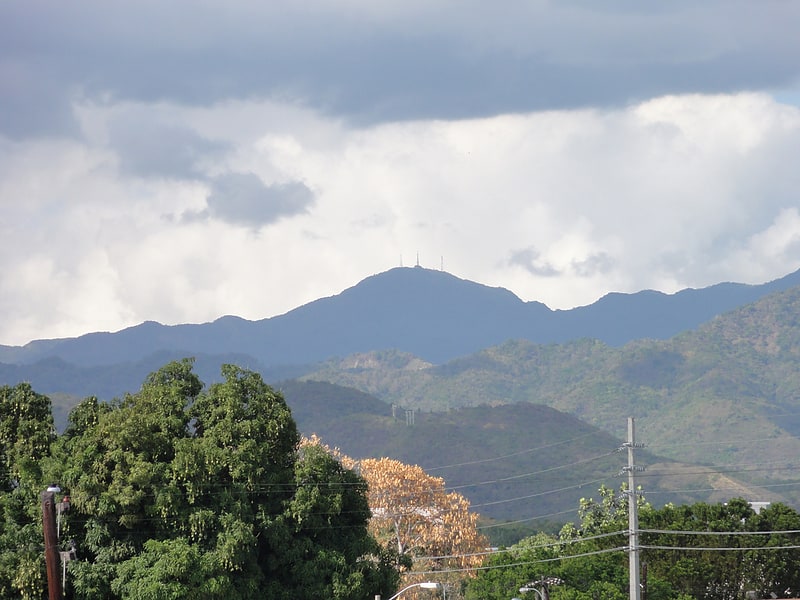
Peak in Puerto Rico. Cerro de Punta or just Cerro Punta is the highest peak in Puerto Rico, rising to 1,338 meters above sea level. The mountain is part of the Cordillera Central and is located in the municipality of Ponce.[7]
Panteón Nacional Román Baldorioty de Castro

Museum in Ponce, Puerto Rico. The Panteón Nacional Román Baldorioty de Castro is a tract of land in Barrio Segundo of the city of Ponce, Puerto Rico, originally designed as the city's cemetery, but later converted into what has come to be a famous burial place. Established in 1842, it is Puerto Rico's first national pantheon. It is the only cemetery dedicated as a museum in Puerto Rico and the Caribbean. Prior to being dedicated as a Panteón Nacional, it was known as Cementerio Viejo or as Cementerio Antiguo de Ponce, and is listed under that name on the U.S. National Register of Historic Places. The Pantheon is named after Román Baldorioty de Castro, a prolific Puerto Rican politician, and firm believer of Puerto Rican autonomy and independence. His remains are located here. The Pantheon also houses a small museum about the history of autonomism in the Island, and it is currently used both as a park and a venue for the expression of culture and the arts. It is called the Museo del Autonomismo Puertorriqueño.
Prior to being turned into a National Pantheon in 1991, it was known as Antiguo Cementerio de Ponce (Ponce's Old Cemetery), to differentiate it from the newer (though now also over 100 years old) Cementerio Civil de Ponce (Ponce Civil Cemetery). Built in 1842, after the design of Antonio Torruella, the cemetery was enlarged in 1864, following the design of Nieto Blajol Iglesia. It closed in 1918.[8]
Address: 15 Calle Frontispicio, 00730-2927 Ponce
Catedral de Nuestra Señora de Guadalupe
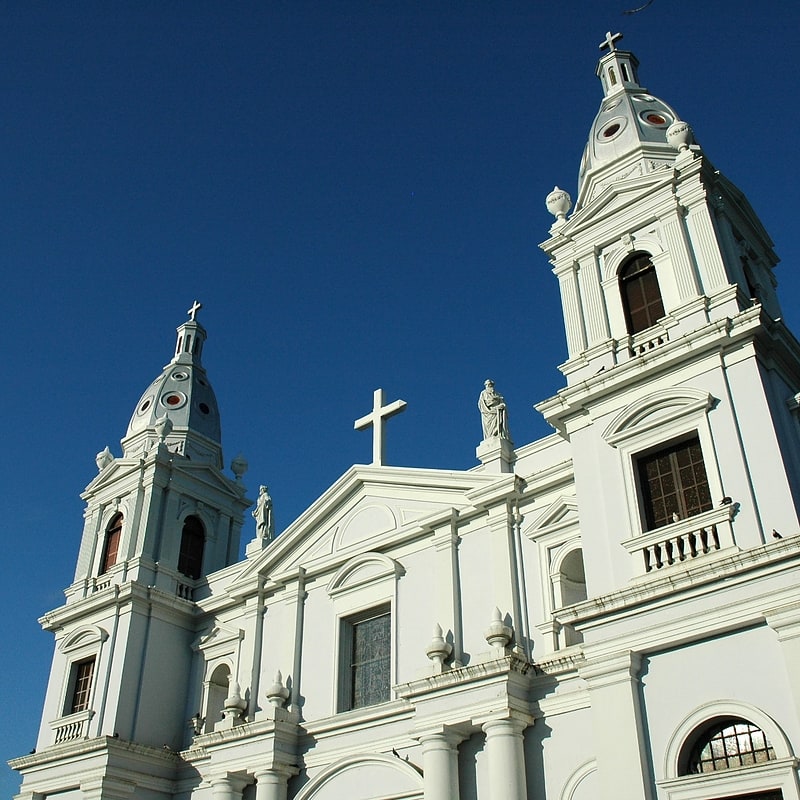
Historic cathedral built in 1835. The Catedral de Nuestra Señora de Guadalupe is the cathedral for the Roman Catholic Diocese of Ponce located in downtown Ponce, Puerto Rico. The cathedral lies in the middle of Ponce's town square, known as Plaza Las Delicias, located at the center of the Ponce Historic Zone. For its historic significance, the cathedral was listed on the National Register of Historic Places in 1984. It is the seat of the Bishop of Ponce, currently Rubén González Medina.
The cathedral has a history that dates to 1670. It has been damaged several times by fires and earthquakes. It stands out among Puerto Rico's other four cathedrals for its intricate design. It has a large pipe organ that was played by danza master and composer Juan Morel Campos. Architecturally, it is designed in the neoclassical style. Structurally, it follows a cruciform plan, with a large dome at the crossing. The interior consists of a main nave and two large aisles separated by a series of eight arcades. There are two small chapels in its interior. Two three-story square towers decorate the front facade.[9]
Address: Cll Plaza Degetau, Ponce, 00730, Ponce
Museo Hacienda Buena Vista
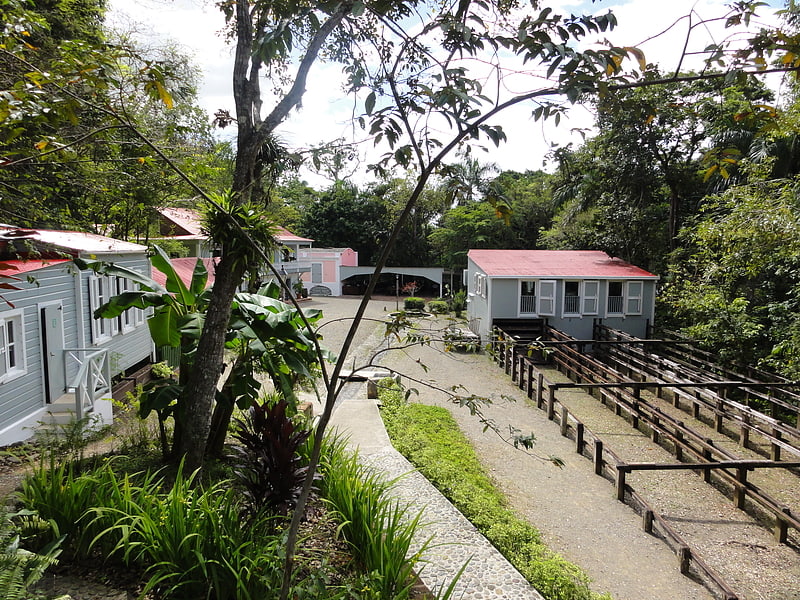
Museo Hacienda Buena Vista is a historic coffee plantation farm museum in Barrio Magueyes, Ponce, Puerto Rico. The museum opened in 1986, and receives some 40,000 visitors a year. The museum has been described as "Puerto Rico's first living museum of art and science."
The original plantation belonged to the Vives family and dates from the 19th century. The structures and land are now owned by the Fideicomiso de Conservación (Puerto Rico Conservation Trust), who operates the museum. It is located on 81.79 acres (331,000 m2) of fertile land that includes a humid subtropical forest some 7 miles (11 km) north of Ponce on Route PR-123, in Corral Viejo, a community in Barrio Magueyes.
Museo Hacienda Buena Vista is today a well-known educational destination. The machinery of the original Hacienda has been put in motion again, farm animals roam the grounds, the farmhouse rooms have been furnished, and the scent of freshly roasted coffee fills the surrounding air. Visitors can take tours through the old Vives country home and explore the plantation buildings and grounds. Authentic 19th-century farm machinery is exhibited that shows how a coffee plantation worked in the 1880s.[10]
Iglesia Santa María Reina
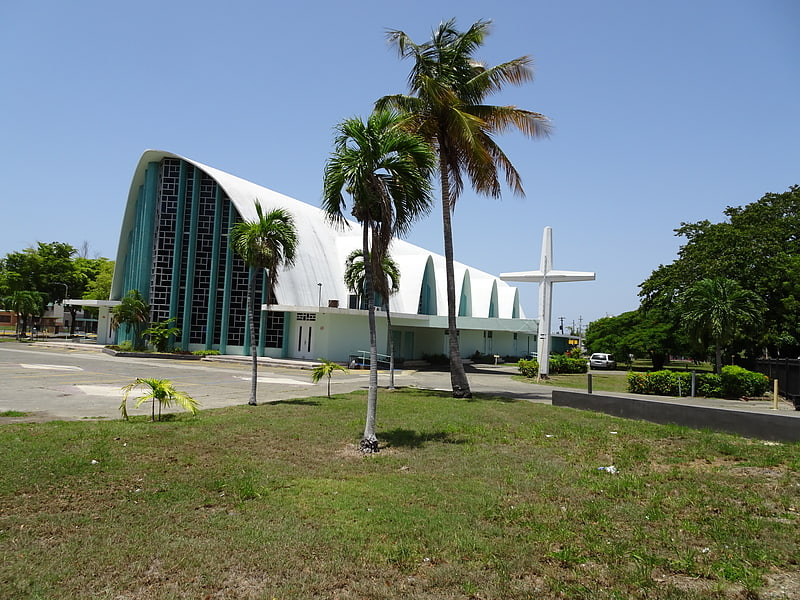
Iglesia Santa María Reina is a Roman Catholic church in Barrio Canas Urbano, Ponce, Puerto Rico. A unique characteristic of the church is its vaulted roof.[11]
Castillo Serrallés

Museum in Ponce, Puerto Rico. Castillo Serrallés is a mansion located in the city of Ponce, Puerto Rico, overlooking the downtown area. It was built during the 1930s for Juan Eugenio Serrallés, son of businessman Juan Serrallés, founder of Destilería Serrallés. The structure sits on a 2.5-acre exceedingly manicured property. Nowadays, the structure functions as a museum, Museo Castillo Serrallés, with information about the sugar cane and rum industries and its impact in the economy of Puerto Rico. It is also increasingly used as a venue for social activities, including destination weddings. The property was listed in the National Register of Historic Places in 1980. In 1996, the structure was featured in the American TV series America's Castles.[12]
Address: 17 Calle El Vigia, 00730-2926 Ponce
Cruceta del Vigía

Monument in Ponce, Puerto Rico. Cruceta del Vigía is a 100 feet tall cross located atop Cerro del Vigía in Ponce, Puerto Rico, across from Museo Castillo Serrallés. It houses a tourist center at its base, a ten-story vertical tower, and a horizontal sky bridge that has panoramic views of the city of Ponce and the Caribbean Sea. Visitors can reach the skybridge via glass elevators or a staircase. Made of reinforced concrete, the cross has withstood various natural disasters, including three major hurricanes. The arms of the cross measure 70 feet. It was inaugurated in 1984.
One of many landmarks of the city of Ponce, the cross is owned by the Municipality of Ponce and is currently operated by the "Patronato de Ponce", a non-profit organization dedicated to preserving the city's cultural heritage. It is visited annually by some 100,000 tourists.[13]
Address: Ponce, Cerro del Vigía
Casa Alcaldía
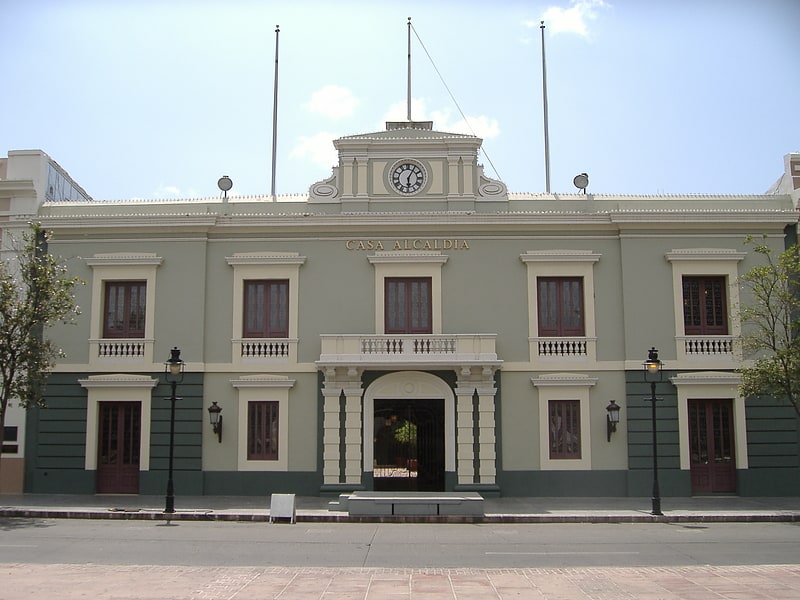
Building in Ponce, Puerto Rico. The Ponce City Hall is a historic city hall in Ponce, Puerto Rico. It is located it the center of the city, on Calle Degetau, across from Plaza Degetau in the Ponce Historic Zone. The building serves as the seat of the executive branch of government of the Autonomous Municipality of Ponce, including the office of the Mayor of Ponce. Built in 1840, it is the oldest colonial building in the city. The building was listed on the U.S. National Register of Historic Places in 1986 as Casa Alcaldía de Ponce-City Hall.[14]
Plaza Las Delicias
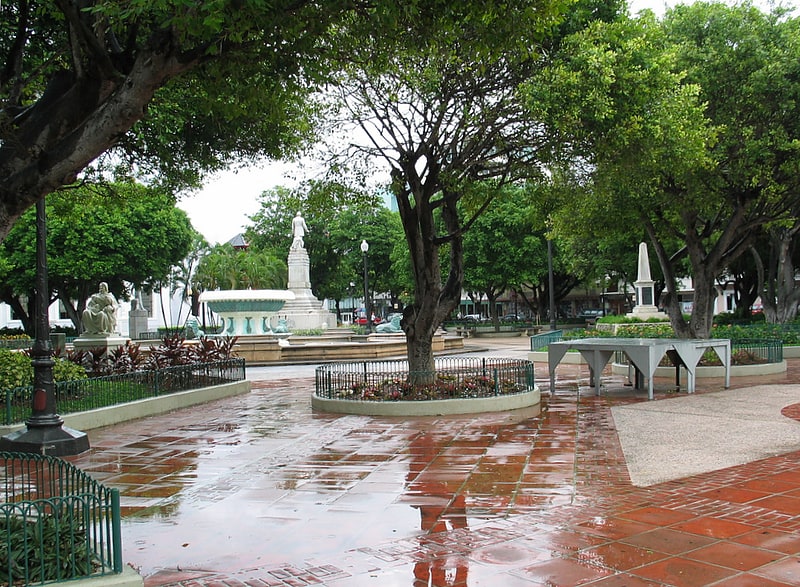
Plaza in Ponce, Puerto Rico. Plaza Las Delicias is the main plaza in the city of Ponce, Puerto Rico. The square is notable for its fountains and for the various monuments it contains. The historic Parque de Bombas and Ponce Cathedral buildings are located within the plaza, which actually consists of two squares: Plaza Muñoz Rivera on the north end, and Plaza Degetau on the southern end. The square is the center of the Ponce Historic Zone, and it is flanked by the historic Ponce City Hall to the south, the early 19th-century Teatro Fox Delicias to the north, the NRHP-listed Banco Crédito y Ahorro Ponceño and Banco de Ponce buildings to the east, and the Armstrong-Poventud Residence to the west. The square dates back to the early Spanish settlement in Ponce of 1670. It is the main tourist attraction of the city, receiving about a quarter of a million visitors per year.[15]
Cerro del Vigía
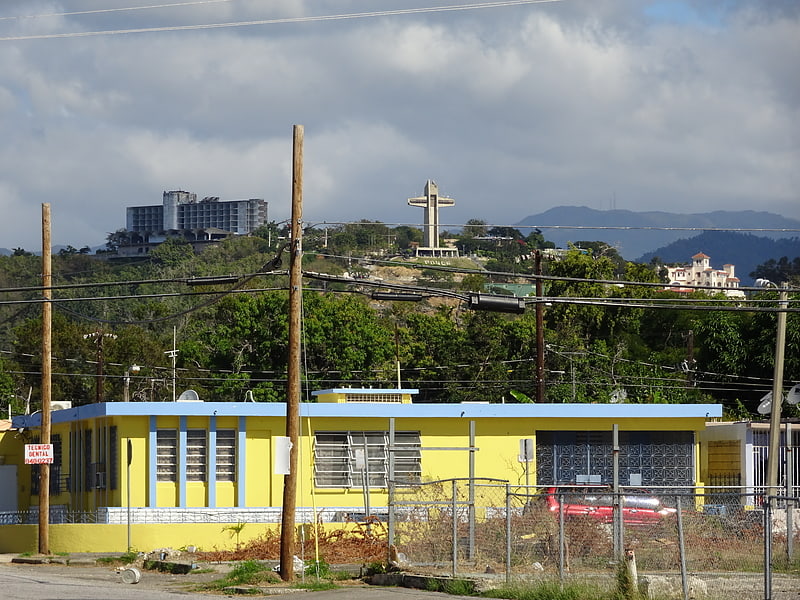
Cerro del Vigía is a hill in the municipality of Ponce, Puerto Rico, located just north of the city of Ponce. A tourist destination, it is home to Museo Castillo Serrallés, Cruceta del Vigía, and the former Hotel Ponce Intercontinental.
The 456-foot high hill sits at the foothills of the Cordillera Central and is located in Barrio Portugués Urbano. The hill is home to several well-to-do mansions of which the best known is Castillo Serrallés, now a Museum.[16]
Hacienda Buena Vista
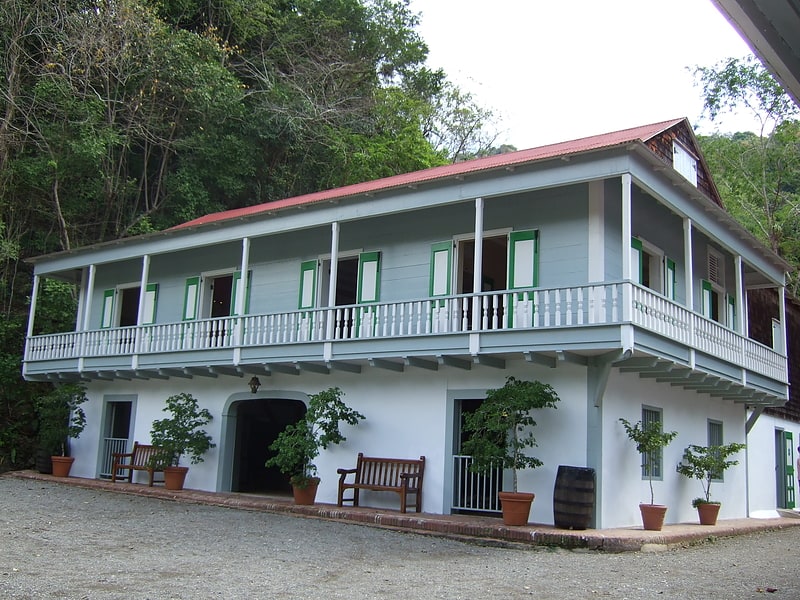
Museum in Puerto Rico. Hacienda Buena Vista, also known as Hacienda Vives, was a coffee plantation located in Barrio Magueyes, Ponce, Puerto Rico. The original plantation dates from the 19th century. The plantation was started by Don Salvador de Vives in 1833.
The Hacienda is located on 81.79 acres (331,000 m2) of fertile land that includes a humid subtropical forest some 7 miles (11 km) north of Ponce on Route PR-123, in Corral Viejo, a subbarrio of Barrio Magueyes. The plantation house was built in the Spanish Colonial style, with the surrounding buildings being built in the local Criollo style. The original Hacienda covered 482 cuerdas (approx. 468 acres).
It is now owned by the Fideicomiso de Conservación de Puerto Rico (Puerto Rico Conservation Trust), which operates it as a museum which it opened in 1986.[17]
Address: 8 Carr 123, 00728-2759 Ponce
Cardona
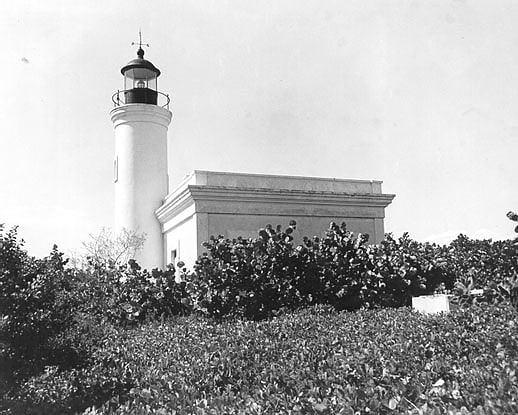
Lighthouse in Puerto Rico. Cardona Island Light is the only 6th order lighthouse in Puerto Rico with a cylindrical attached tower. The light is located on Cardona Island, a small island on the west side of the entrance to the harbor of Ponce, Puerto Rico. It was listed in the U.S. National Register of Historic Places on 22 October 1981.[18]
Museo de la Historia de Ponce
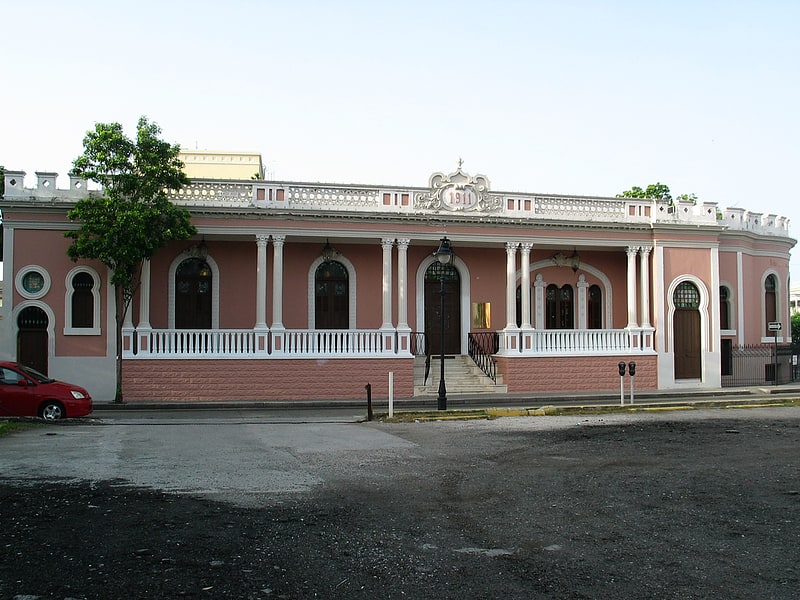
Museum in Ponce, Puerto Rico. The Museo de la Historia de Ponce is a museum located in the historic Casa Salazar-Candal in the city of Ponce, Puerto Rico. The museum depicts the city's ecology, economy, architecture, government, and elements of daily life. It seeks to promote the research, conservation, and dissemination of the historic heritage of Ponce and Puerto Rico.
Inaugurated on 12 December 1992, it was the first museum in Puerto Rico established to cover the history of the people of a town or city. It traces the city's history from the Taino Indians to today. The Museum was inaugurated under the administration of Mayor Rafael Cordero Santiago, as part of the tricentennial celebration of the founding of the city.
It is located in the historic district of the city, a short two-block walk from the central Plaza Las Delicias town square, at the southeast corner of Isabel and Mayor Cantera streets. The Museum proper is housed in the historic Casa Salazar-Candal but also includes the neighboring Rosali-Zapater house, which houses administratives offices of the museum, in addition to the empty lot that once held the residence of the Schuck Gelpí family. In 2012, plans were announced to expand the museum into the Casa Rosita Serrallés, an adjacent property. In 2014, Casa Rosita Serralles (Calle Salud street #67) joined Museo de la Historia de Ponce and opened as "Museo de la Recordacion Barrio Mameyes" (Barrio Mameyes Memorial Museum) under Ponce mayor María Meléndez. It is also known as "Sala Memorial del Barrio Mameyes" as it operates as a part of the Museo de la Historia de Ponce.[19]
Address: 51-53 Calle Isabel, 00730-3721 Ponce
Fundación Biblioteca Rafael Hernández Colón

Fundación Biblioteca Rafael Hernández Colón is a gubernatorial library and museum that records the political life of three-term governor of Puerto Rico, Rafael Hernández Colón. It was founded in 1992 and in September 2015 it moved to its current location at the southeast corner of Calle Mayor and Calle Castillo in Ponce, Puerto Rico, in the Ponce Historic Zone.[20]
Address: Calle Mayo Esquina Castillo, 00733 Ponce
Museo de la Masacre de Ponce
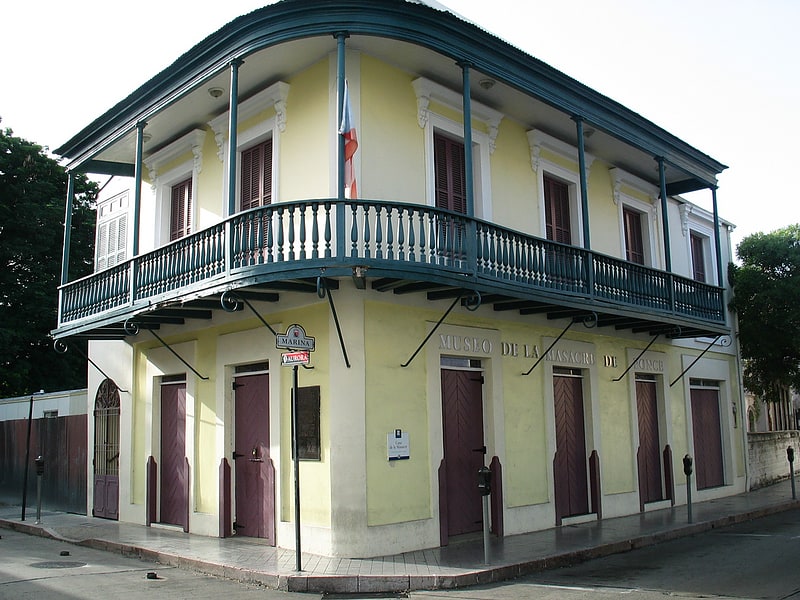
Museum in Ponce, Puerto Rico. The Museo de la Masacre de Ponce is a human rights museum and historic building in Ponce, Puerto Rico. It depicts the history and events surrounding the Ponce massacre, which occurred in broad daylight on Palm Sunday in 1937. The museum is housed inside the building where the event itself occurred, with one of its sections devoted to the Nationalist leader, Pedro Albizu Campos. It also documents the blacklisting of Puerto Rican Nationalists performed by the United States, as well as hosting a considerable number of photos from the Nationalist era.
The museum is listed in the U.S. National Register of Historic Places in as Casa de la Masacre (the Massacre House).[21]
Address: 32 Calle D, 00730-2026 Ponce
Teatro La Perla
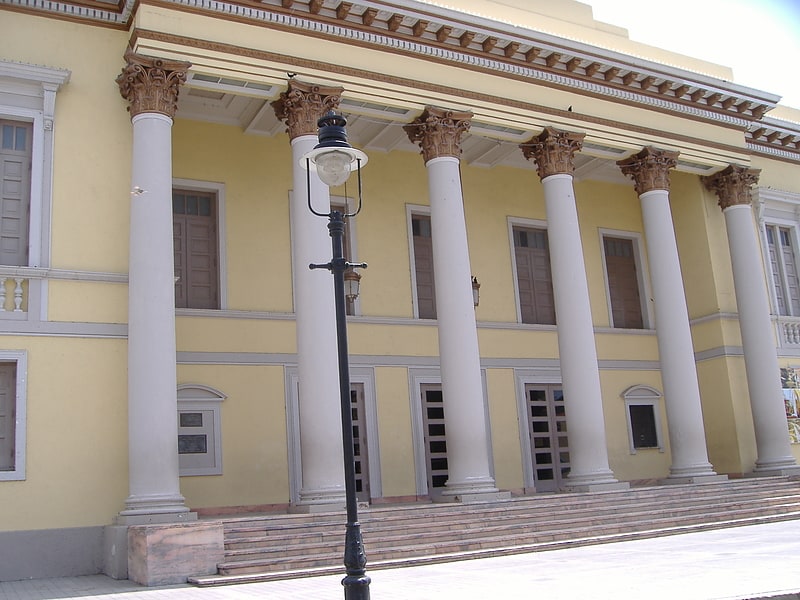
Theater in Ponce, Puerto Rico. Teatro La Perla is a historic theater in the city of Ponce, Puerto Rico. Inaugurated in 1864, it is the second oldest theater of its kind in Puerto Rico, but "the largest and most historic in the Spanish-speaking Caribbean." The theater was named La Perla in honor of the Virgin of Montserrat, known as "The Pearl of the Mediterranean." It is located in barrio Tercero, in the Ponce Historic Zone.[22]
Address: Ponce, Calle Mayor and Calle Cristina
Ponce Municipal Library

Public library in Ponce, Puerto Rico. The Ponce Municipal Library, formally, Biblioteca Municipal Mariana Suárez de Longo, and also known as Biblioteca Publica de Ponce, is the library system of the municipality of Ponce, Puerto Rico. Founded in 1870, it is the oldest public library in Puerto Rico. The system has its main library on Miguel Pou Boulevard, in barrio San Antón, in the city of Ponce, and seven satellite library branches, three in the city's urban area and four spread out in the municipality's rural areas. The main library inaugurated a new building on Bulevar Miguel Pou in August 2007, where the former Puerto Rico District Court building was located. The central library building on Bulevar Miguel Pou was designed by Ponce architect Juan Dalmau Sambolín.[23]
Parque Luis A. "Wito" Morales
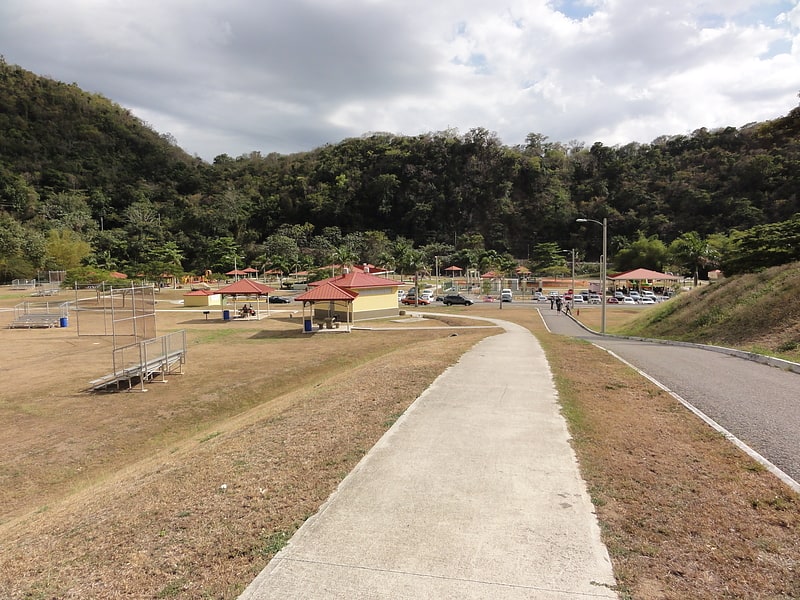
Park in Puerto Rico. Parque Luis A. "Wito" Morales is a park in the municipality of Ponce, Puerto Rico. It is part of the Lake Cerrillos Dam recreational area.[24]
Puente de los Leones
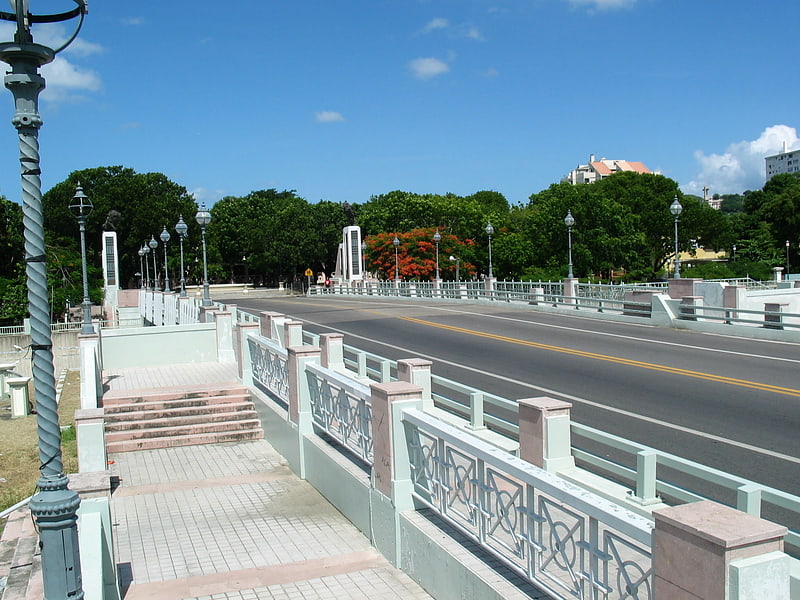
The Puente de los Leones is a historic bridge in Ponce, Puerto Rico, joining Barrio Tercero to Barrio San Antón and Barrio Machuelo Abajo. It is also the city's best known bridge. The bridge is at the western terminus of Bulevar Miguel Pou, the main gateway to the Ponce Historic Zone. The Art Deco bridge carries four lanes of vehicular traffic from the two-way Miguel Pou Boulevard. It crosses Río Portugués connecting Barrio Tercero to the west with Barrios Machuelo Abajo and San Anton to the east. It is located 0.5 km east of Plaza Las Delicias.[25]
Residencia Armstrong-Poventud
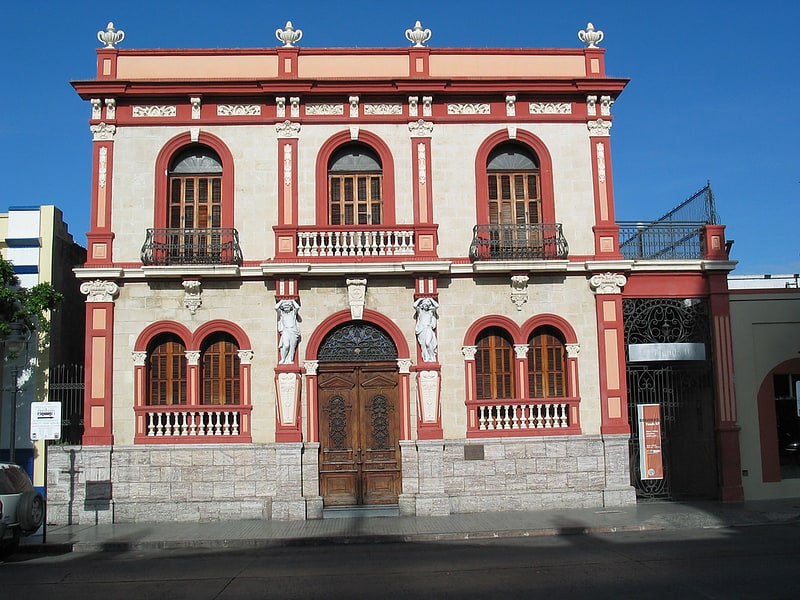
Museum in Ponce, Puerto Rico. Residencia Armstrong-Poventud is a historic building located in the Ponce Historic Zone in Ponce, Puerto Rico, across from the Catedral Nuestra Señora de Guadalupe. The construction of this home set the stage for the construction of other homes of similar architectural elements, character and opulence in turn-of-the-twentieth-century Ponce. The architectural style is collectively known as Ponce Creole. The home was designed and built by Manuel Víctor Domenech for the Armstrong-Poventud family. It is listed on the U.S. National Register of Historic Places as the Armstrong-Toro House, and is also known as the Casa de las Cariatides. In 1991, the Instituto de Cultura Puertorriqueña turned the house into a museum, which it manages.[26]
Address: 9 Calle Unión, Ponce
Parque Familiar Julio Enrique Monagas
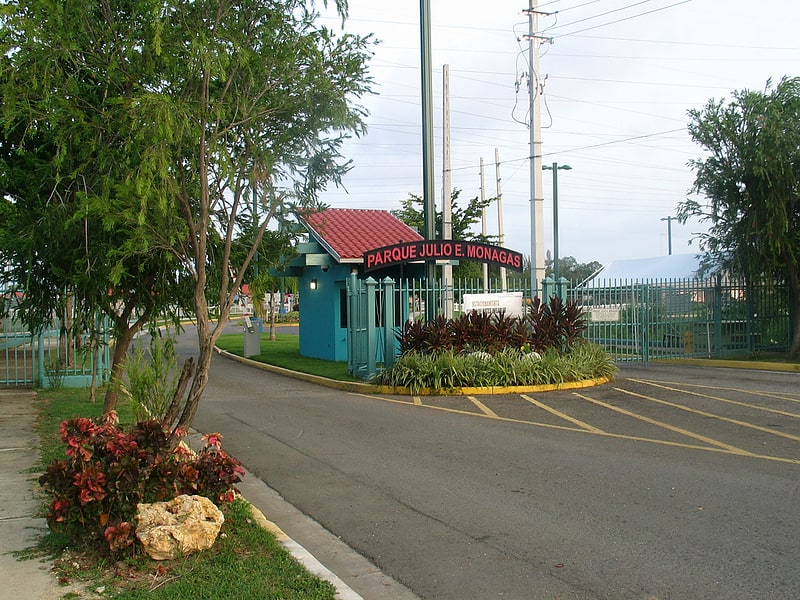
Park in Ponce, Puerto Rico. Parque Familiar Julio Enrique Monagas is Puerto Rico's largest passive park. It is located in barrio Bucaná, Ponce, Puerto Rico, on the banks of the Bucaná and Portugués rivers. The park was named after Julio Enrique Monagas, "the father of Puerto Rican Olympic sports". In November 2017, the park was severely damaged by Hurricane Maria and, as of today, remains closed.[27]
Cerro del Diablo
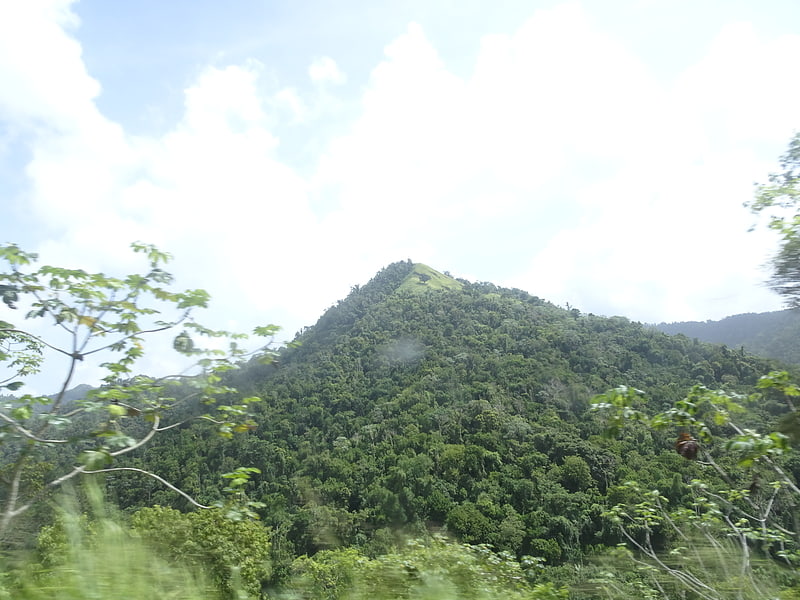
Cerro del Diablo is a mountain in the municipality of Ponce, Puerto Rico, located north-northwest of the city of Ponce. The 2,234-foot high hill sits at the foothills of the Cordillera Central and is located in Barrio Tibes.[28]
Parque del Tricentenario
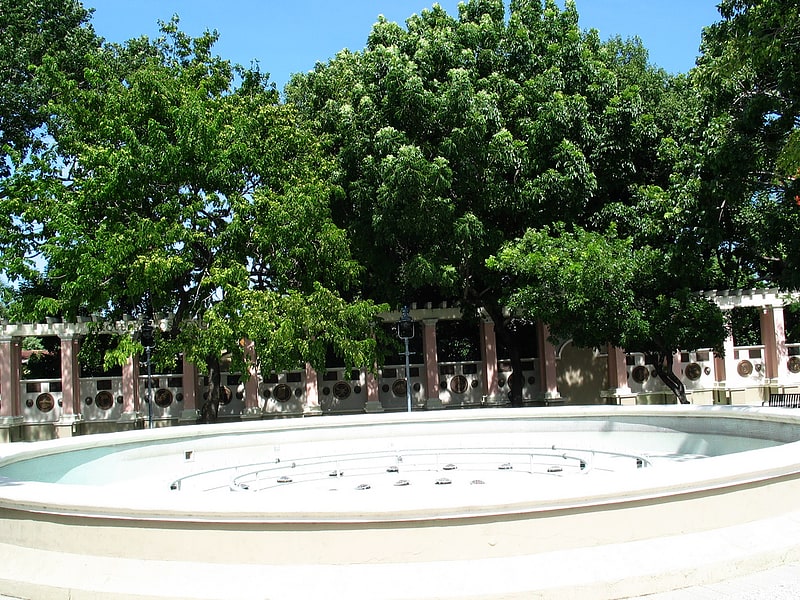
Park in Ponce, Puerto Rico. Parque del Tricentenario is a passive urban park in the city of Ponce, Puerto Rico. The park was built to commemorate the 300th anniversary of the founding of the city. It was inaugurated during the mayoral administration of mayor Rafael Cordero Santiago.[29]
Reserva Natural Punta Cucharas
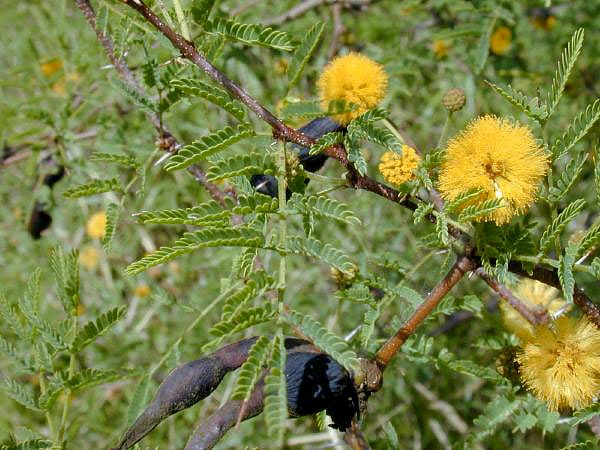
Nature reserve in Puerto Rico. Reserva Natural Punta Cucharas is a nature reserve in Barrio Canas, Ponce, Puerto Rico. It consists of both a land area component as well as an offshore marine area. The land component has an area of 698 cuerdas while the marine component has an expanse of 3,516 cuerdas, for a total area of 4,214 cuerdas. The Reserve consists of mangrove ecosystems, coastal sand dunes, a saline lagoon known as Laguna Las Salinas, open water, and a century-old local community. The lagoon occupies and area of 347,898 m2 Ecological protection is managed and enforced by the Puerto Rico Department of Natural and Environmental Resources. Eight activities are allowed at the Reserve: scuba diving, boating, fishing, hiking, sun bathing, photography, bird watching and canoeing. Activities prohibited are: Camping, crabbing/trapping, horseback riding, water crafting, and hunting. Pets, ATVs, and fireplaces are also prohibited.[30]
Mercado de las Carnes
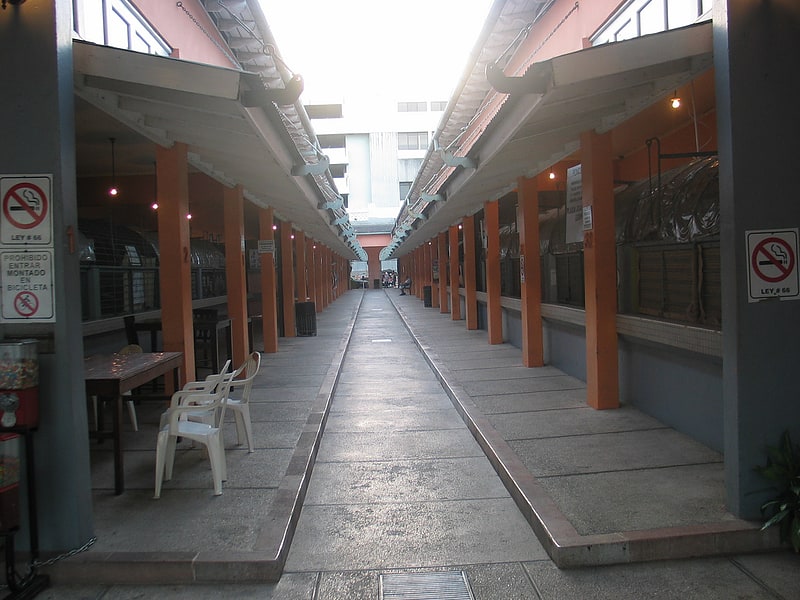
Building in Ponce, Puerto Rico. Mercado de las Carnes, also known as La Plaza de los Perros, but formally, Plaza Juan Ponce de León, was the first building in Puerto Rico to mix social and architectural elements via the pedestrian mall concept. The historic Art Deco architecture structure is located in Ponce, Puerto Rico, and dates from 1926. It was listed on the National Register of Historic Places in 1986. The Plaza was rebuilt in 1992, under the administration of Mayor Churumba. It is located in the alley connecting Mayor and Leon streets, in the block between Estrella and Guadalupe streets. The Plaza and the alley are one and the same.[31]
Address: Ponce, 40 Calle León
Parque Ecológico Urbano
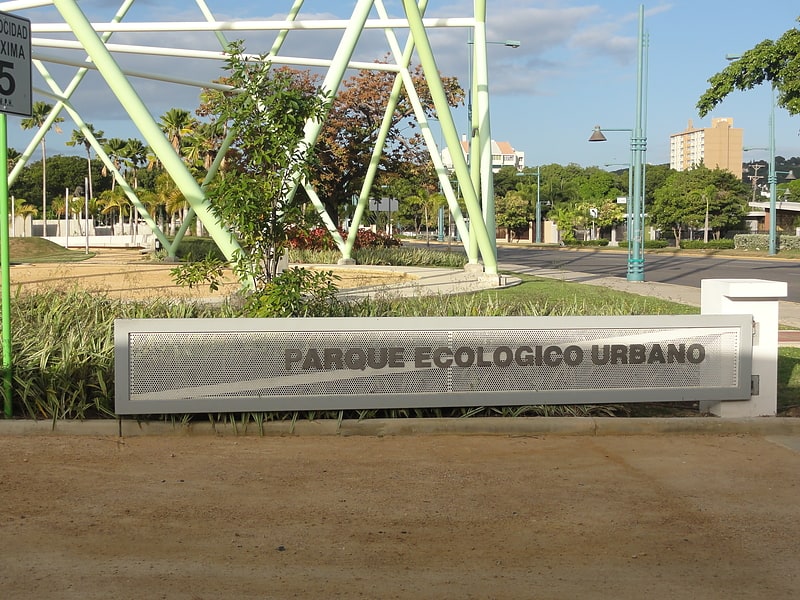
Park in Ponce, Puerto Rico. The Parque Ecológico Urbano, also known as Parque Ecológico de Ponce, is a passive park in Ponce, Puerto Rico. The park was designed by Bonin Orozco Arquitectos and was inaugurated on 19 September 2012. The park is unique in that it was designed to create a "green lung" in the city by using ecological mindset in its entirety, from the construction materials used to the design and other areas as well. Except for one tree that got relocated within the project, the new park made use of all the existing trees and shrubs as they existed on the site prior to the development of the park.[32]
Address: Boulevard Miguel A. Pou, 00716 Ponce
Parque Urbano Dora Colón Clavell
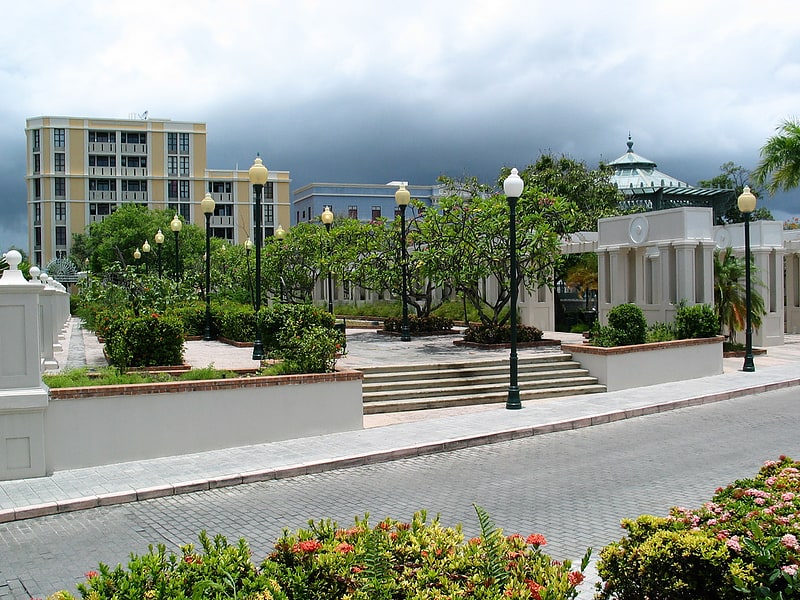
Park in Ponce, Puerto Rico. Parque Urbano Dora Colón Clavell is a passive park in Ponce, Puerto Rico. The park is named after the mother of ex-governor of Puerto Rico and Ponce native, Rafael Hernández Colón. It opened on 9 December 1995. The park was designed by Ponce architect Juan Dalmau Sambolín.[33]
Address: Cll Concordia, Ave. Jobos & Marina, Ponce
Museo Francisco "Pancho" Coimbre
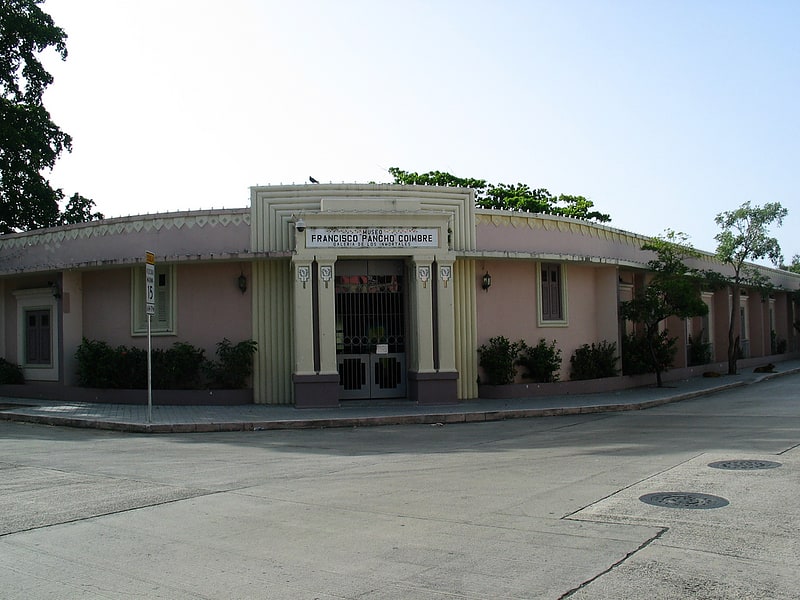
Museum in Ponce, Puerto Rico. The Museo Francisco "Pancho" Coímbre is a sports museum in Ponce, Puerto Rico.[34]
Parque de la Ceiba
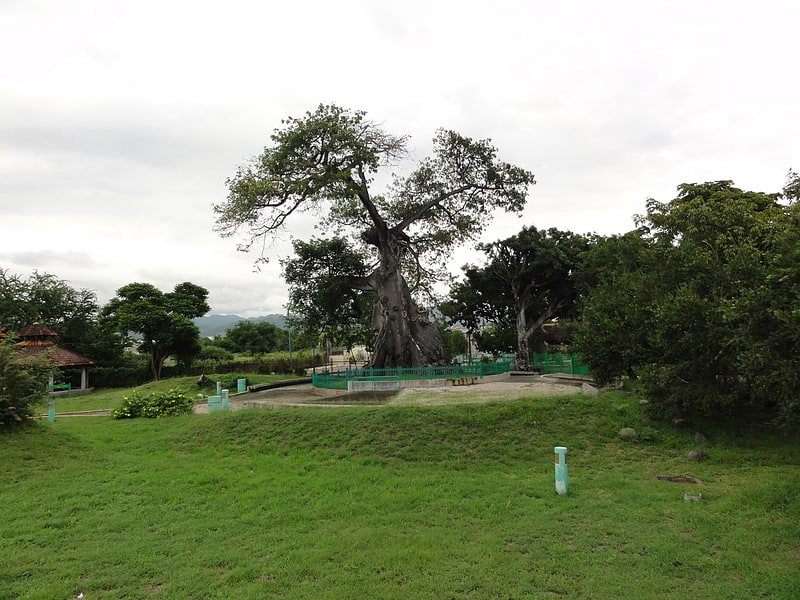
Park in Ponce, Puerto Rico. Parque de la Ceiba is a passive park in sector Cuatro Calles of barrio San Antón, Ponce, Puerto Rico. Its centerpiece is the historic Ceiba tree, a tree associated with the founding of the city. Now surrounded by the park with the same name, the emblematic 500-year-old Ceiba tree stands on the edge of the Ponce Historic Zone. The park opened in 1984, under the administration of Mayor Jose Dapena Thompson. A sign on the fence that surrounds the tree identifies it as Ceiba pentandra.[35]